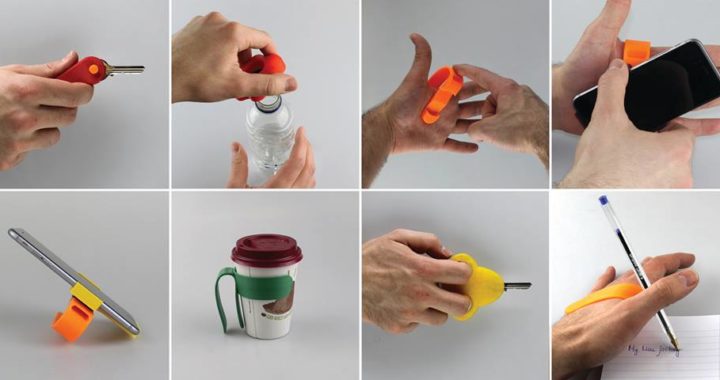How does an entrepreneur who has little in common with their target market, best develop a successful product? Since the world of startup companies are, generally speaking, a young person’s game, innovators of products for older adults may have a distinct age gap with their end user. Coffee and Clicks is part of Aging2.0’s response to this challenge.
Over the past few months Aging2.0, a global organization on a mission to accelerate innovation to improve the lives of older adults around the world, has set up numerous focus groups between older adults and entrepreneurs and last Monday saw the first ‘Coffee and Clicks’ event in the Bay Area. The aim was not only to get feedback from end users about new products for the aging population, but also to get new inventors and young marketers to see the bigger perspective of making things better for everybody, including older adults. The event provided a raft of useful information to the startups who participated, and helped the older adults raise their voice in getting what they want.
In the case of products for older adults, these focus groups are particularly valuable because the innovators of these products are most often decades younger than their target user. Not only do older adults have concerns that they may not regularly reveal to the younger population, but they have generational behavior that shows where their flexibilities and limitations for new products lie. The consumers at this first event gave insights that could change the direction of the products presented. “The feedback [from the consumer panel] is very valuable… and appreciated,” said Jay Connolly, the founder of LiftHero, a transportation solution. It quickly became apparent that there is no substitute research for face-to-face feedback from someone who is actually in a body that is over 55 years old.
For example, one company was designing a stool for getting in and out of the bath that was functional but didn’t look like it was turning the home into a hospital room. The consumers were ready to help her understand what aspects of her product excited or concerned them. For instance, in adding functionality and style, the designer realized that some features of her stool, such as curved feet, set off physical safety alarms in the consumers’ minds, even though these features were not actually dangerous.
Laurel Tielis represented MagnaReady, a magnetic button shirt company that was founded by Mura Horton, after her husband came down with Parkinson’s at an early age. Those on the consumer panel who had experience with limited mobility were excited about the product, however, they also expressed a glaring concern for wearing magnets so close to the chest in the presence of a pacemaker or defibrillator. Making things that look and perform, both safely and stylishly is a challenge for designers, however the rewards for those that get it right are likely to be significant.
Last, but not least, was LiftHero, which “brings the ridesharing revolution to seniors and their family members.” Jay Connolly, the founder, was given feedback that his current policy of having drivers who were screened, qualified, and trained to deal with seniors was hugely important to the riders. He further learned that displaying this type of driver and insurance information in the car would make the customer feel safer. The panel also expressed how they might want to know a little about their regular driver to prompt chat, or just for familiarity.
Stephen Johnson, co-founder of aging 2.0, talked further about creating a more “ageless design” mindset in innovation. “Two of the big things that are changing the world right now are exponential technology and the rapidly aging population,” he said. Making new products friendly to everyone, regardless of their age, was his message. For example, the font on restaurant menus could be large enough for everyone to read, or basic seating designs should comfortable (and high enough) for everyone, not just the agile bodied person. Technology and the aging community are two worlds that are dovetailing into “a fertile landscape for new ideas that will radically improve people’s lives.”
Some argue that user centered design is more time consuming for the amount of information that could be academically researched, or “genius designed,” but that myth was wholly disproven at this first event. The interaction between the inventors and the consumers was important for both parties during this iteration process. Not only is the time well spent for the innovator, feelings of usefulness and validation were apparent from the consumers. One woman piped up, “Forget the Coffee & Clicks, how about parties and wine? This is great!”

